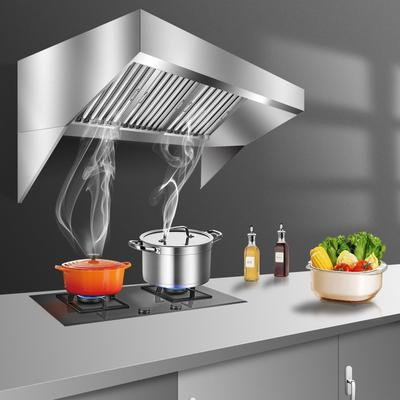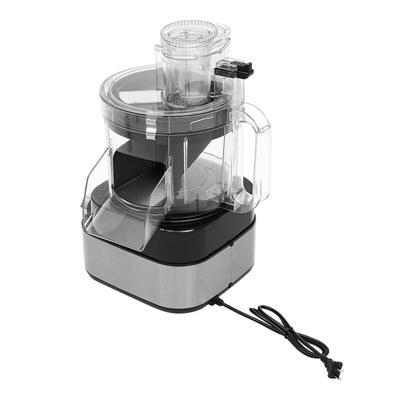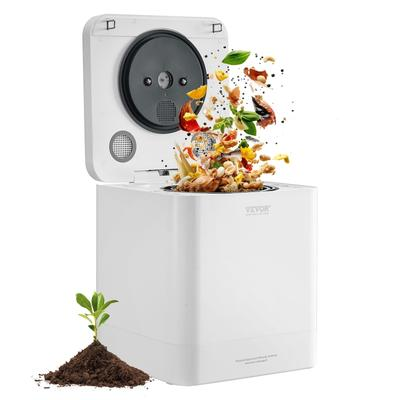Hey Diva dressing fans! When the items we love coincide with brands we work with, Diva dressing will use Paid Links in our articles. If you decide to click on these links and purchase the product, we get a small commission. Our Opinions Are Our Own, but we do add Paid Links as a way to offer these products at no added cost to our readers. Want to know more? Click Here to check out our Terms of Use anytime!
Food safety and hygiene are crucial for ensuring public health and preventing foodborne illnesses. As technology advances, new innovations are revolutionizing how food safety is managed across the supply chain from production to consumption. Here’s an overview of the latest technologies enhancing food safety and hygiene:
Smart Sensors and IoT Devices
Smart sensors and Internet of Things (IoT) devices are becoming integral to food safety. These technologies offer real-time monitoring of various factors:
- Temperature and Humidity Sensors: These sensors track the temperature and humidity of food storage environments to ensure they remain within safe ranges. For instance, in cold storage facilities, sensors monitor refrigeration units to prevent spoilage.
- RFID Tags: Radio Frequency Identification (RFID) tags are used to track food products throughout the supply chain. They provide information on the product’s journey, including handling and storage conditions, which helps in tracing and recalling products if necessary.
- Smart Labels: These labels change color to indicate if the food has been exposed to conditions that might compromise safety, such as improper temperatures.
Advanced Microbiological Testing
Modern microbiological testing technologies offer more accurate and faster results:
- PCR (Polymerase Chain Reaction): PCR technology amplifies and detects specific DNA sequences of pathogens in food samples, allowing for quick identification of harmful microorganisms such as Salmonella or E. coli.
- LAMP (Loop-Mediated Isothermal Amplification): LAMP is a simpler and more cost-effective alternative to PCR, used for detecting pathogens with high sensitivity and specificity in food samples.
Automated Inspection Systems
Automated inspection systems use advanced technologies to detect contaminants and ensure food quality:
- X-Ray Inspection: X-ray systems can identify foreign objects, such as metal, glass, or plastic, in packaged foods. These systems are used to inspect products on production lines to ensure they are free of contaminants.
- Vision Systems: High-resolution cameras and machine learning algorithms are used to inspect food products for defects, such as discoloration or irregular shapes, ensuring only high-quality products reach consumers.
Blockchain for Traceability
Blockchain technology enhances transparency and traceability in the food supply chain:
- Traceability: Blockchain provides a decentralized ledger that records every transaction and movement of food products from farm to table. This technology helps in tracking the origin of food, verifying its safety, and quickly identifying sources of contamination in case of an outbreak.
- Authentication: Blockchain can authenticate claims such as organic or fair-trade certifications by providing a transparent and tamper-proof record of the product’s journey.
AI and Machine Learning
Artificial Intelligence (AI) and machine learning are being used to predict and manage food safety risks:
- Predictive Analytics: AI algorithms analyze historical data and current conditions to predict potential food safety issues, such as contamination risks or spoilage. This enables proactive measures to be taken before problems arise.
- Quality Control: Machine learning models are employed to monitor and assess food quality in real-time, identifying deviations from quality standards and ensuring consistent product safety.
Innovative Sanitization Technologies
New sanitization technologies are improving hygiene practices in food production:
- Ultraviolet (UV) Light: UV light is used to disinfect surfaces, equipment, and even the air in food processing facilities. It effectively kills bacteria, viruses, and mold without the use of chemicals.
- Ozone Treatment: Ozone gas is used to sanitize food contact surfaces and equipment. It has strong antimicrobial properties and decomposes quickly, leaving no residues.
Food Safety Apps
Mobile applications are empowering consumers and businesses to manage food safety:
- Food Safety Apps: Apps provide guidelines on food handling, storage, and cooking temperatures. They also offer tools for tracking expiration dates and managing inventory to reduce food waste and improve safety.
- Recall Alerts: Apps can notify users about food recalls and safety alerts, helping consumers avoid potentially harmful products.
Novel Food Packaging
Innovative packaging technologies are enhancing food safety:
- Active Packaging: Active packaging materials interact with the food product to extend shelf life and prevent spoilage. For example, packaging with oxygen absorbers can reduce oxidation and spoilage.
- Intelligent Packaging: Intelligent packaging incorporates sensors that monitor the condition of the food and provide real-time data on factors like freshness and contamination risks.
Advanced Cleaning Technologies
Cleaning technologies are evolving to ensure more effective sanitation in food processing environments:
- Automated Cleaning Systems: These systems use robotics and advanced cleaning solutions to automatically clean and sanitize equipment, reducing the risk of cross-contamination.
- Nanotechnology: Nanotechnology is being explored for its potential to enhance cleaning agents and surfaces, making them more effective at removing contaminants and bacteria.
Personalized Food Safety Solutions
Technologies are also advancing to provide personalized food safety solutions based on individual health needs:
- Customized Recommendations: AI-driven platforms can offer personalized dietary advice and safety recommendations based on an individual’s health conditions, dietary preferences, and food sensitivities.
- Genetic Testing: Genetic testing can identify individuals’ predispositions to certain food intolerances or sensitivities, allowing for tailored food safety and dietary plans.
Here are some products that can help
Commercial Exhaust Hood Food Truck Hood Exhaust Rust Resistant Vent Hood $1,137.14

Electric Vegetable Cutter and Food Processor with 4 Discs $644.99


Vitamix Food Cycler Eco 5 $599.95

Pantry Buffet Versatile Food Wine Cabinet White Wood Grain Buffet $458.49

